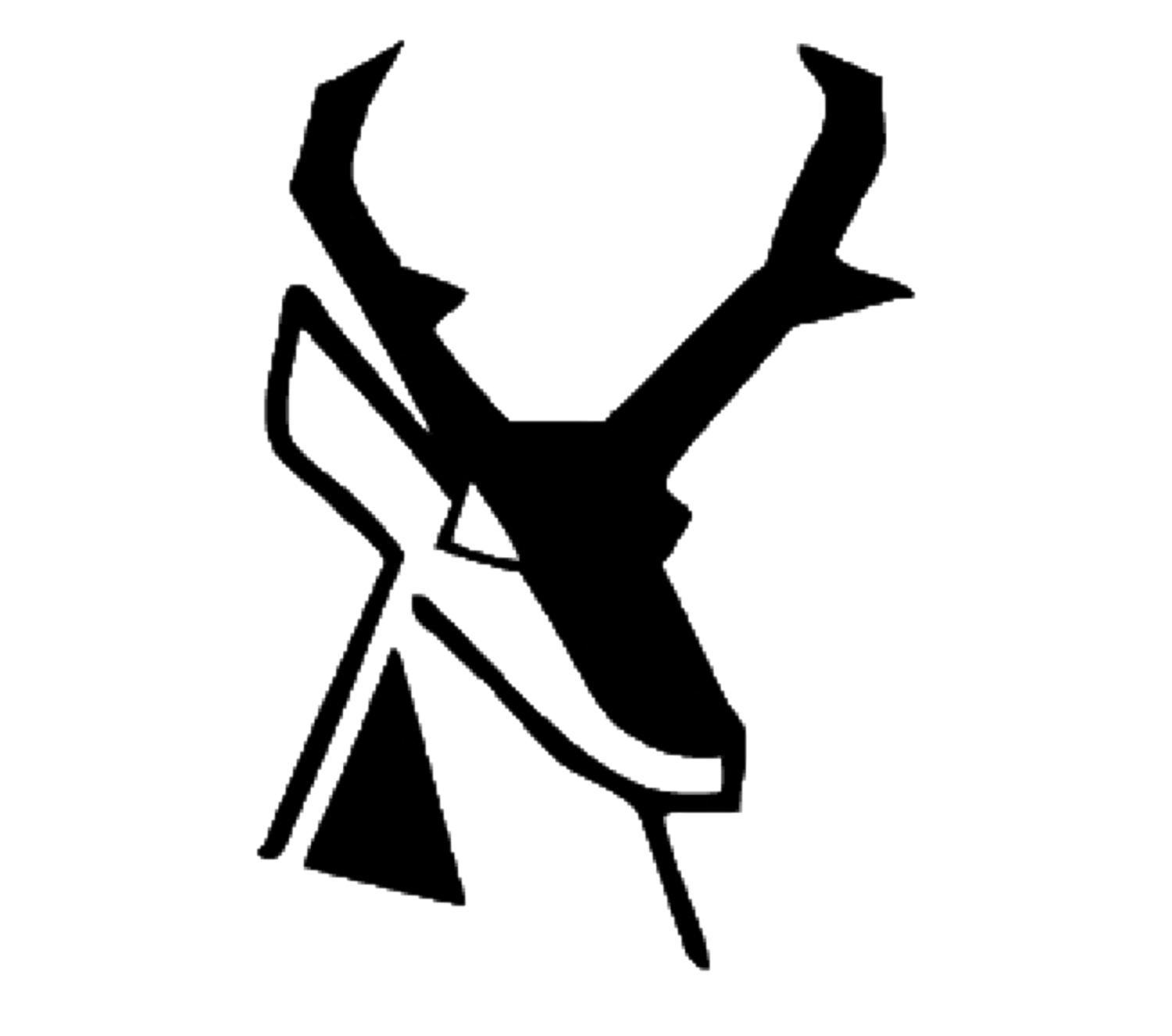Dark timber, lush green grass, down trees stacked upon each other creating an obstacle course to traverse. A gentle, crystal clear stream winds and turns through the forest floor. A mere six feet across in the wide spots, this petite waterway has carved itself into the contours and wrinkles in this coniferous landscape. Approaching the edge to peer into the translucent water results in several small, dark, lightning fast shapes darting into the shadowy pockets of the creek. It is here, at 10,000 feet that you can wet a line in pursuit of some of the most beautiful brook trout in the west.
A typical brookie. This one was a little chunk!
Nearly anywhere in the mountains you can find these small flowing gems, ready to accept any challengers equipped to test their patience and stealth. Brook trout in small streams can grow to sizes that may surprise you, in some cases a 12” fish isn’t unheard of, even in creeks that are less than five feet across. The tactics and gear required are very unique in comparison to most other stream fishing pursuits. More often than not, these streams are a fair hike from the road, at least the best ones are! It is for this reason that a traditional length fly rod is not practical. The ideal rod is packable, 3-4 pieces, 2-3 weight, and 6-7 feet in length. Since the stream is so small and often the brush is so tight, fly casting is likely not even possible. The shorter, more maneuverable rod will come in handy. As for a leader, a 5-8x tippet is required. The water is generally extremely clear, so making a subtle presentation is important. Fly selection is pretty simple, living in these small streams, the fish aren’t very picky. If it lands in the water and it fits in their mouth, they eat it! I love fishing dry flies simply for the fact that watching these little trout take a fly off the surface is so pretty dang special! My all-time favorite is a hi vis parachute Adams in a size 18-20. The pink hackle is great to keep an eye on during longer drifts and through thick brush (we’ll speak on that later). Other good flies are the elk hair caddis, and any mosquito imitations. Small flies are the ticket here (18-22), as these fish usually aren’t larger than 8-9” on a good day. Always crimp your hook barbs in case you want to practice catch and release, as these fish are fragile. Try to minimize time out of the water, but don’t be surprised if a brookie flops out of your hands onto the forest floor. For that reason, try to keep them in the water.
The “ninja” rod. A 6’6” 4 piece 2 weight. I hand built this rod from a blank.
When it comes to hooking one of these beautiful little fish, some of the same tactics we use in stalking big game apply. Remaining out of sight is crucial, as is being quiet when approaching the stream edge. When you have the chance to stand back, away from the bank, do so and let your fly rod tip barely reach the water’s edge. Kneeling or sitting down next to a tree often works, as does standing next to or behind a tree.
A few sneaky tactics to avoid spooking the wary little trout.
Traditional casting techniques can be used when the terrain and surrounding vegetation allow, but often the roll cast, and even more often, the slingshot cast are the most productive. Slingshot casting is simple, let out about a foot more line than your rod is long, grab onto the line and pull back until a gentle bend in the rod is achieved, use the direction of the rod to aim, then let go! The result is a gentle roll of the line into a precise location. Be sure not to let out too much line before you launch, as you don’t want the fly to go shooting into the back of your arm. Ask me how I know.
The “slingshot” cast.
When no cast is possible in the thickest of timber, use your rod to slip in through the trees or bushes and dangle your fly onto the water’s surface, utilize whatever room you have to follow the current. It often doesn’t take long for the fish to grab your fly if the presentation is adequate. In such small streams, these fish need to be “go-getters” if they are to grow and survive.
A few rare spots to employ a traditional fly cast. The small riffles require precise fly placement.
Whether it be to take a break from a frustrating day of hunting, to procure a fresh meal, or to simply enjoy the mountains in a new way, small stream fly fishing is amazing. The challenge of precise casting and wary fish captivates the mind and sharpens the focus of any outdoorsman. No matter if the fish are small, they fight hard, and on light tackle are just as fun as any other fish, not to mention, they are beautifully colored and earn every meal they eat, much like us hunters.








